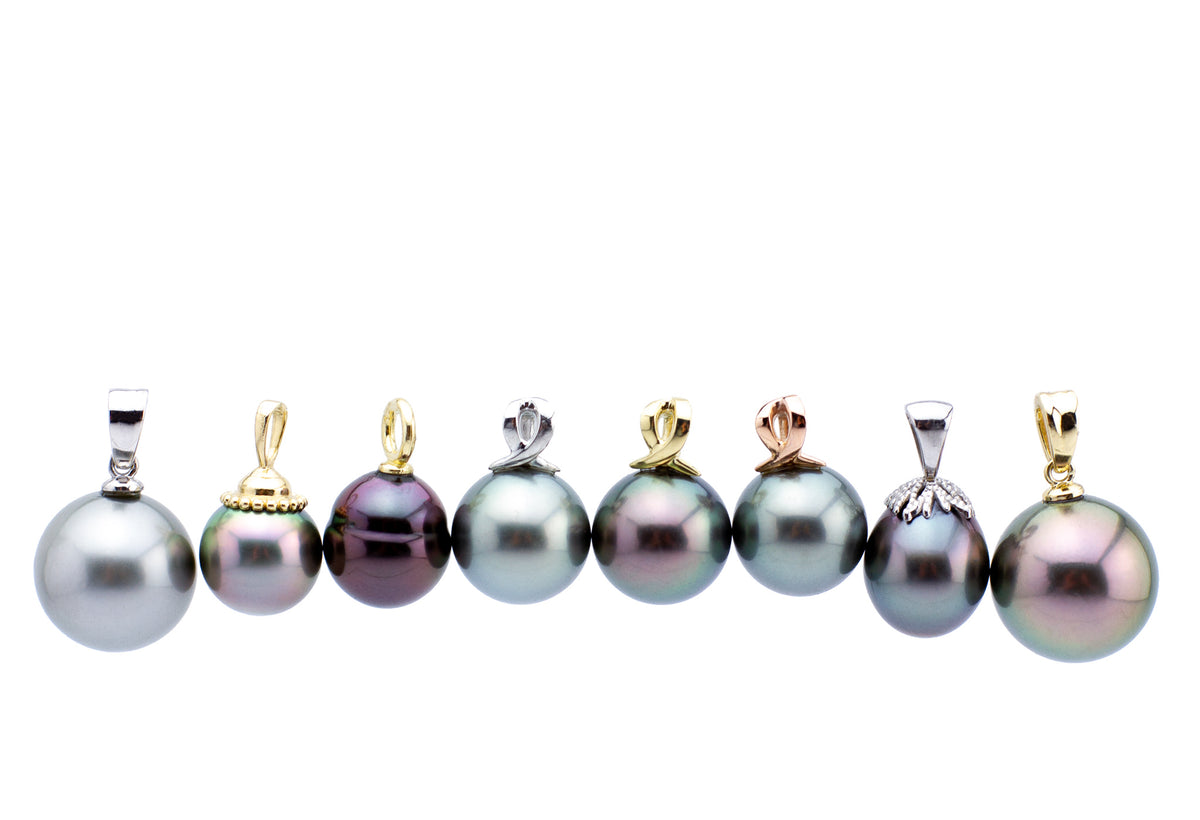Exporting tahitian pearls.
The desire to farm Tahitian pearls begins with a dream, which then transforms into reality. This reality is made up first of heavy investment, then strenuous work, then more investment, then more work and so on until the harvest of those first pearls. This could be four or more years after setting out in the first place.
Even after all the hard work and investment there is no guarantee or promise of pearls. They could all be eaten by leopard rays or green turtles off the lines they grow on. Or sickness could strike your oysters down, just days away from harvesting. Worse yet, the pearls could be stolen while still in the water or after being harvested. These are all things I’ve experienced whether directly or through the pain of fellow farmers.
The investment a Tahitian pearl farmer has in each and every pearl can scarcely be quantified. Unlike freshwater pearls that are cultivated many to the same bivalve, Tahitian pearls are born alone in each oyster. For the success of the operation, it’s vital that the farmer cares for each oyster. This care is then passed on to the pearl.
Now imagine yourself as this farmer who has struggled against the odds to produce their pearls. You take your pearls to Papeete, the capital of Tahiti. The airfare alone will cost you about USD600 if you are coming from the far-flung southern islands. You will then need to secure a hotel room for the week you plan to stay and sell your pearls. By the time you are back home you will have spent more than a month’s wage for incidental travel.
You get lucky and find a foreign buyer and agree on a price. Now you have to take your pearls to the Maison de la Perliculture for export procedures. There you are greeted by a friendly staff of busy people who are in a whir of activity with other farmer’s pearls. There are several huge machines with radiation warnings on them that your pearls will go into. A technician inspects every single pearl of your 1,000 pearl lot. Fifty of them get put aside before the rest is sealed in a bag with the documents that your buyer will need for export.
Amongst the 50 pearls there are two that you recognize, one a rare blue peacock and the other an equally rare gold with no green tinge. You clench your teeth when you think about where these beauties will end up.

Since 1998 it has been mandated that all pearls exported have a minimum nacre (pearl shell material) thickness of 0.8mm on each side of the nucleus. Pearls that fall short, even at 0.75mm are confiscated and ground into powder.
There has always been controversy about this but I support it. I think it is one of the few good things the Tahitian government has done in managing the pearl industry. It allows us as a nation to set ourselves apart from competing black pearl industries such as the Cook Islands or Fiji.
I am proud of our thick nacred pearls as I know that they can be worn for many, many years. That lets me sleep well at night and dream of other things.
